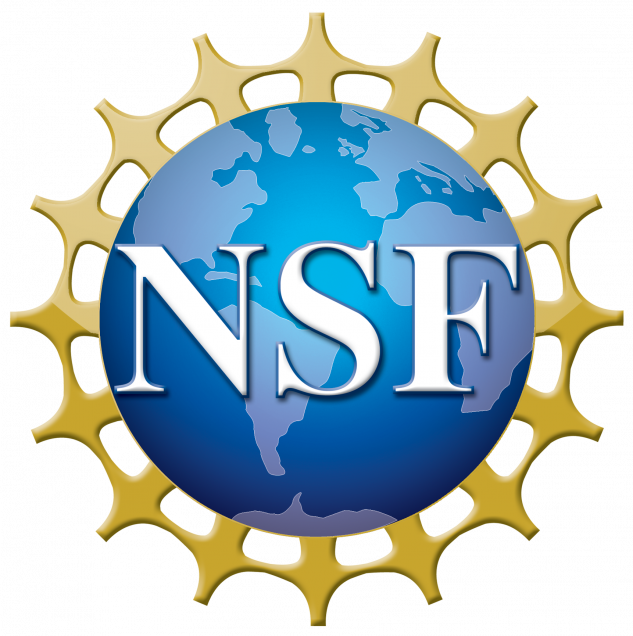Webinar: Coexisting Radio and Optical Wireless Deployments (CROWD)

Synopsis: This seminar (webinar) is focused on the integration of RF and Optical Wireless networks for future high-speed and high-availability wireless access to mobile devices. The webinar will feature four featured speakers followed by an open discussion period.
Video replay of the seminar: (2 hours, Youtube)
Date: February 28, 2020, 9:00 AM CST (GMT -6) (10:00 AM EST)
Speakers:
- Slim Alouini, King Abdullah University of Science and Technology — Bio
- Marcos Katz, University of Oulu — Bio
- Dola Saha, University at Albany — Bio
- Murat Yuksel, University of Central Florida — Bio
Facilitator: Hany Elgala, University at Albany — Bio
Registration Link (no cost): RSVP here
Webinar Site: GoTo Meeting (inactive until 30 min prior to meeting)
Overview:
The proliferation of wireless devices in 5G and beyond will have a profound impact on the communications industry. Wireless traffic will also surge due to the increasing per-device data demand from novel services and applications. These changes to the wireless communications landscape are driving the demand for ultra-dense wireless network deployments. This demand has led to a growing interest in optical wireless (OW) networks as a novel solution. Researchers have shown promising data rates for OW communications via visible light communication (VLC), Infrared (IR), and ultraviolet (UV) technologies. These high data rate capabilities coupled with the directionality of the optical medium allow for very high area spectral efficiency (b/s/m2). Accordingly, densely distributed OW small cells have the potential to provide additional wireless capacity in the indoor environments where it is needed most.
Compared to traditional RF networks; these OW deployments can provide very high aggregate capacity; however, densely distributed OW small cells are challenged to accommodate highly dynamic environments. The OW channel is susceptible to blocking and the smaller coverage region of each cell implies that devices with high mobility will change connections frequently. In order to mitigate the impact of these limitations, heterogeneous networks (HetNets) have been proposed where OW networks supplement traditional RF small cell networks – combining the aggregate capacity gains of the former with the coverage and reliability of the later. These Coexisting Radio and Optical Wireless Deployments, or CROWD networks, are of high interest as we look for new ways to accommodate the demand that will be placed on next generation wireless networks.
The intent of this webinar is to bring together researchers who are exploring analysis and implementation techniques for integration of RF and OW networks through a coexistence framework. The webinar will include topical presentations from a selection of highly regarded researchers in this field along with open discussion time in order to engage the broader community and spread knowledge of ongoing activities in this area.
Format:
- 15 min presentations followed by brief 5 min Q&A (80 min)
- 40 min moderated discussion and Q&A from the audience (40 min)
Hosts:
- Thomas Little, Boston University
- Abdallah Khreishah, New Jersey Institute of Technology
- Hany Elgala, University of Albany
- Moussa Ayyash, Chicago State University
- Michael Rahaim, University of Massachusetts, Boston
This webinar is organized in association with CROWD and CHRONOS, each supported by the National Science Foundation, grants no. CNS-1617924 and CNS-1823225.